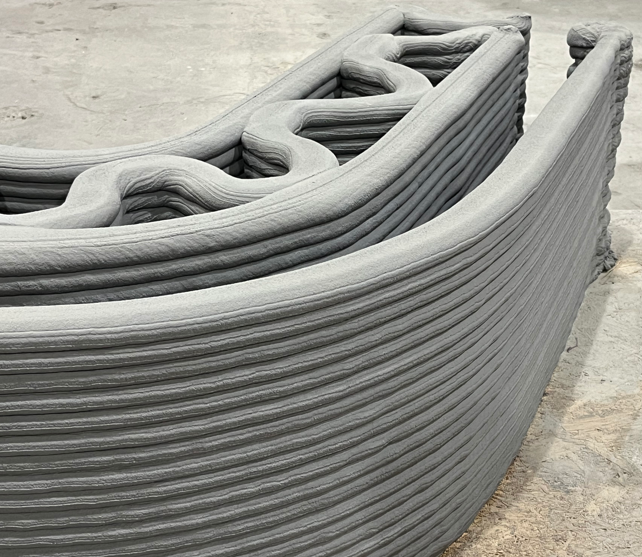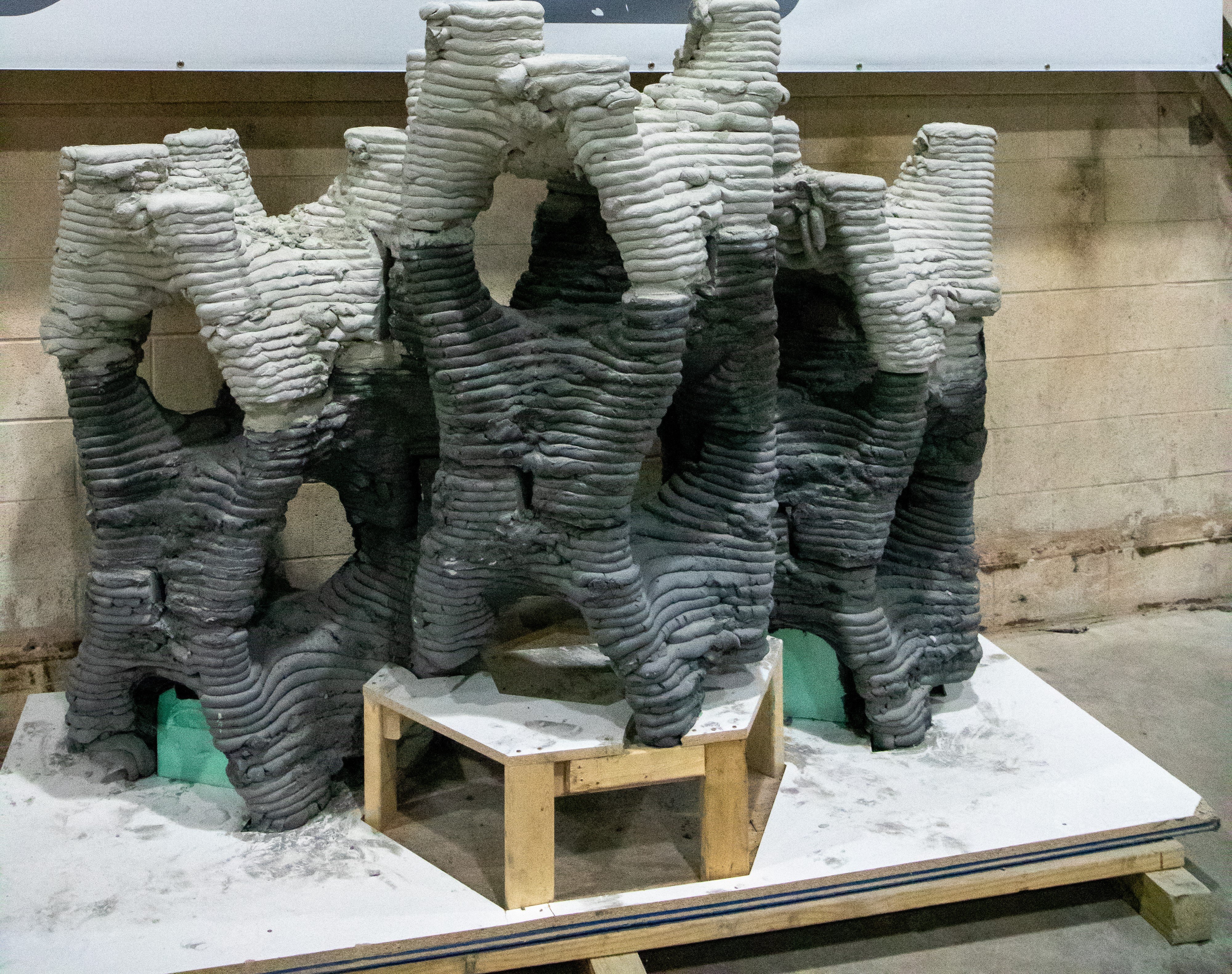X-Hab 3D Projects – Innovation in Construction and Concrete
X-Hab 3D concrete printing systems save labor time and investment, minimize material waste and cost, and reduce job-site injuries. How will you use your X-Hab 3D system?
How Do 3D Printers Unlock Innovation in Construction?
X-Hab 3D's strategy is straightforward: Develop a compact, mobile, semi-autonomous expeditionary 3D concrete printing system capable of performing reliably and accurately. Our solution targets the most remote and difficult environments on the planet, such as Nome, Alaska. Our belief is simple: If it can excel under these conditions, it's more than capable for construction companies that operate in less hostile urban and rural areas worldwide.
With a focus on durability, versatility, and high-performance technology, X-Hab 3D is redefining what's possible in construction.
How do 3D printers unlock innovation in construction? We answer this by pushing limits and providing a reliable solution that transforms construction processes and sets a new industry standard.

Our Impactful Projects

HUD + Alaskan Government
(Extreme-Habitat Housing)
Innovation in construction is a must in rural Alaska, even during the short summer build season – temperatures are mild, but rain, wind, UV, and seismic activity persist, and most of the surface area is permafrost. X-Hab earned a grant from the U.S. Department of Housing and Urban Development (HUD), Denali Commission, and National Renewable Energy Laboratory to engineer and print a unit for those exact conditions. The goal is to facilitate high-quality, affordable, energy efficient, and sustainable housing options.
The project is part of a huge collaboration to bring affordable housing solutions to remote Alaska. In addition to the above, participants include:
- Xtreme Habitats Institute
- Rasmuson Foundation
- City of Nome
- University of Alaska Fairbanks
- Penn State University
- Anchorage Sand and Gravel
- Innovative Readiness Training Division of the U.S. Department of Defense

DARPA
(Reef Reconstruction)
Coastal populations and infrastructure are at increasing risk due to rising sea levels and climate change.
DARPA (Defense Advanced Research Projects Agency) of the U.S. Department of Defense chose X-Hab 3D to develop sustainable, carbon-neutral construction materials. The materials will allow for 3D printing of artificial reefs to protect coastal infrastructure from shoreline erosion and wave damage.
DARPA’s Reefense program is using X-Hab’s 3D concrete system to rapidly produce artificial barrier reefs that would otherwise take decades naturally. X-Hab 3D’s saltwater-resistant, eco-friendly concrete will not only provide coastal infrastructure, but also serve as a reef starter and marine lifeguard.

NASA
(Lunar Material Research)
Lunar regolith – the material composite littering the “topsoil” of the moon – has amazing potential for construction.
NASA has tapped X-Hab 3D for an R&D contract to use microwave energy to process lunar regolith for construction. The same technology could be useful for applications on Earth, particularly in remote, isolated environments.

Habitat for Humanity
(3D-Printed Concrete House)
X-Hab 3D and Habitat for Humanity of Greater Centre County are collaborating on the construction of a single-family house in Pennsylvania. The Craftsman-style house will be 3D concrete-printed, affordable, sustainable, and energy-efficient.
The house will be approximately 1,200 sq. ft. and designed to meet or exceed all building code requirements. It'll also achieve a high level of energy efficiency and significantly reduce total cost of ownership.
Habitat for Humanity will serve as the general contractor and construction manager. X-Hab 3D will be responsible for the concrete printed components and providing Habitat and its subcontractors the necessary guidance for integrating 3D concrete printing processes with traditional construction.
Find Out More About Our Complete 3D Printing Solutions
X-Hab's 3D concrete printing systems adapts to construction and building applications for a wide range of projects.
